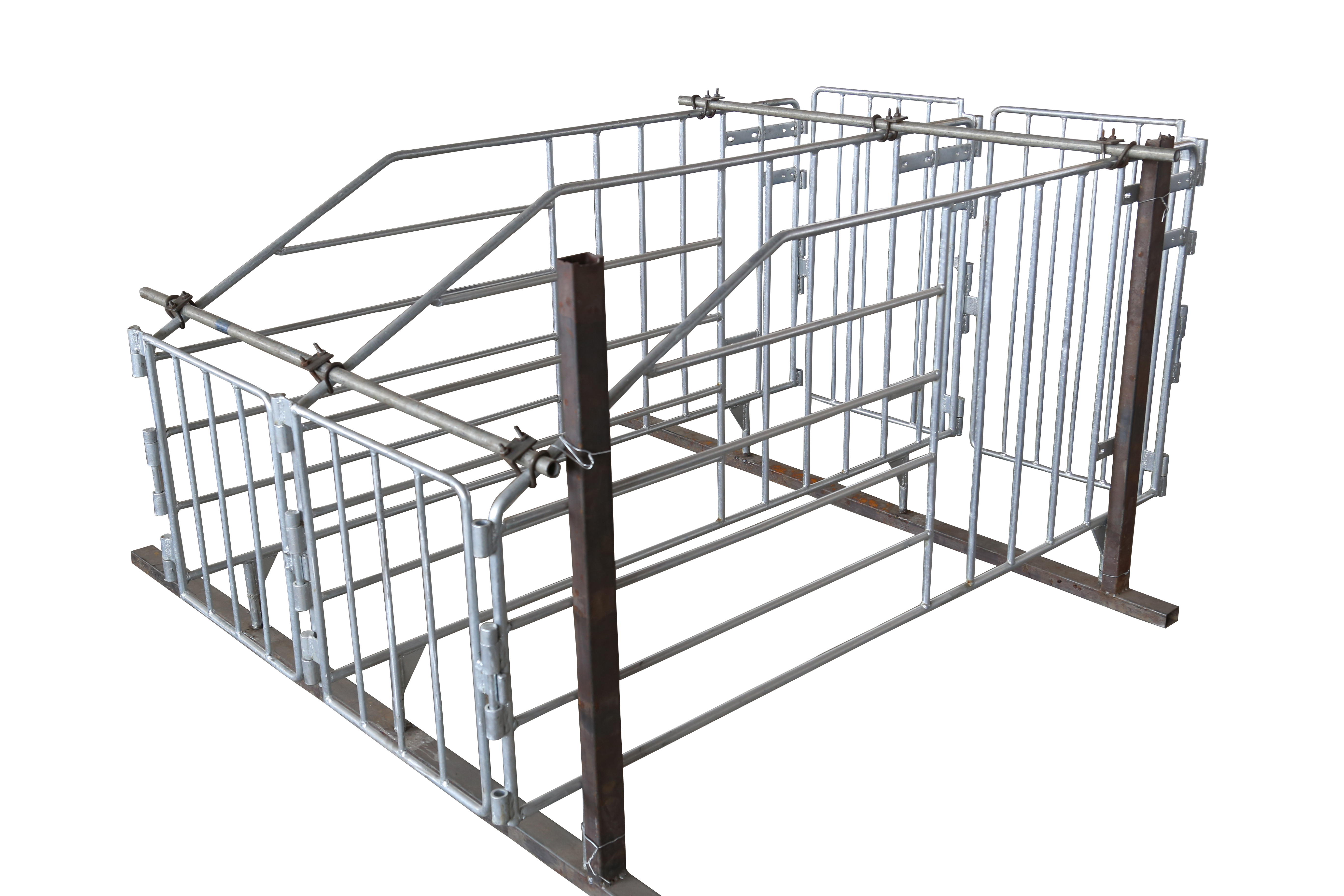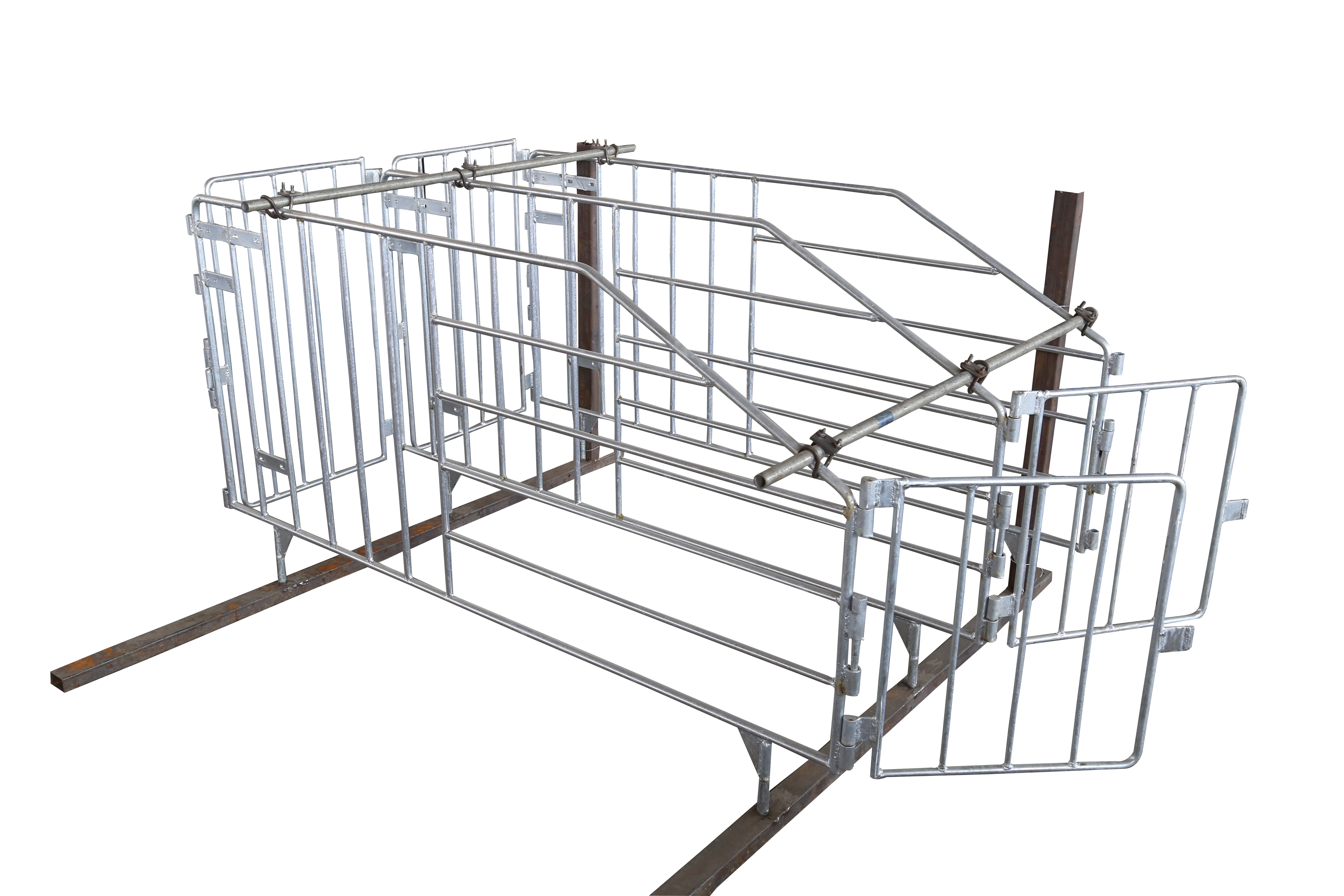It is generally adopted by producers who specialize in mud aquaculture.
1. Feeding pond construction: Select well-illuminated, warm and ventilated, convenient transportation, adequate water sources, convenient drainage and drainage, and build a breeding pond within 3 kilometers from a place without pollution sources. The soil in the rearing pond is neutral or slightly acidic viscous soil. Area 100-300 square meters, pool depth 80-100 centimeters, depth 30-50 centimeters.
2. Qingchi Disinfection: Disinfection with quicklime clearing pond 15 days before stocking. Leave the pool water 10 centimeters deep and use 100 grams of quicklime per square meter.
3, spread the base fertilizer: organic fertilizer, cultivation of a large number of zooplankton as a loach bait. After releasing the seedlings, feed feeds were gradually strengthened and organic fertilizer was applied.
4, feed feeding: muddy food miscellaneous, small animals, plants, microorganisms and organic debris in the water are its favorite food. Artificial feeding should also feed animal feed such as aphids, cockroaches, sculpin, meat, fish meal, livestock and poultry leftovers, and vegetable feeds such as wheat bran, rice bran, bean dregs, and cake meal.
5. Timely, fixed-point, qualitative, quantitative feeding: The feeding amount depends on the water quality, weather, and feeding conditions. When the water temperature is appropriate, it is fed once a day in the morning, in the middle, and later in the day. When the water temperature is low, it is shot every morning and afternoon. Feed it once. The percentage of feeding weight in the pond's loach's weight: March, 1-2%; April-June, 3-5%; July-August, 10-15%; September, 4%. Ratio of plant feedstuff and animal feedstuff under different water temperature conditions: When the water temperature is lower than 10°C or higher than 30°C, less or no investment is required; water temperature is 11-20°C, and plant feedstuff accounts for 60-70%, animal Feeds account for 30-40%; water temperature 21-23°C, plant feedstuffs and animal feeds each 50%; water temperature 24-29°C, plant feeds 30-40%, animal feeds 60-70%.
6, water quality management: After the mud loach stocking, timely fertilizer according to the situation of thin water, cultivate plankton, so that the water is always in a live, cool state. When the water temperature reaches 30°C, replace the new water in a timely manner and increase the depth to reduce the water temperature and prevent floating heads. When muddy loach is often found swimming on the surface of the water, indicating that there is lack of oxygen in the water, fertilization should be stopped and fresh water should be injected immediately. From December to February of the following year, it is not possible to feed, just increase the depth of pool water and put cow dung at the pool corner to increase the water temperature and ensure that the loach can safely pass winter.
7. Daily management: Each morning and evening, the pools are inspected to check muddy activities, eating and disease, etc. At the same time, observe whether there is any leakage in the culture ponds, whether there is muddy escape or not, and the cement pool should remove residual feeds every day. Daily records.
II. Raising Rice Fields
In the paddy field, it is possible to make use of natural food organisms such as Tanakaya, Chironomid larvae, leeches and weeds, and feed a small amount of feed to obtain better economic benefits. Due to its strong vigor, even if the paddy fields are drained, they can drill into the wet mud and use the intestines and skin to breathe to maintain their lives. Therefore, mud loach is one of the ideal objects for paddy field farming. The construction of rice fields is the same as raising other fish. Excavate one or a few fishes in the field. The area is 2-3 square meters and the depth is about 50 centimeters. The fish slips into the fish ditch and the fish ditch opens into the word “tian†or “well.†Font type. Inlet and outlet must be set to stop fish facilities to prevent escape. Each rice field consists of about 1.5 to 20 thousand seedlings with a length of about 3 cm. Care should be taken to avoid the use of lime and pesticides, appropriate feeding and fertilization, harvesting after harvesting rice in the fall, or continuing irrigation with irrigation, and then re-cultivating in the following spring. Fishing listing.
In addition, a certain amount of loach can be stocked on the water surface of aquatic plants such as species and earthworms. Generally about 1,000 acres of acre, as long as the proper management of feeding, surface water income can be improved.
Third, family raising
That is, using the front of the house or the vegetable pit and the reservoir for mud loach breeding. Generally, 4,000-5000 tails of young shoots with a length of 3-4 cm per mu can be stocked, and can also be stocked with yellow meals and squid. Usually pay attention to feeding and fertilization, such as leftovers, livestock and poultry manure, leaves, etc., feed should be used in combination with animal and animal. At the same time, the water quality should be well controlled. When it is found that the muddy water is “swallowing†on the water surface, it indicates that there is lack of oxygen in the water body. Fertilization should be stopped and new water should be replaced. Muddy individuals can be captured when they grow to 15-20 cm. After 8-10 months of feeding, the yield per mu can reach more than 100 kg.
The Solid Rod Gestation Stalls are made of high-quality stainless steel solid rod, which is his advantage. One of the biggest features of The solid rod gestation stalls is that it is very easy and convenient to clean up because the bottom of the solid rod gestation stalls is equipped with a movable slats flooring which allows the slats flooring to be moved and cleaned. Separated from the outside world is the use of convenient removal and replacement of PVC board, in the convenience of use while saving costs. In order to ensure the smooth finish of the solid rod gestation stalls, the surface of the solid rod gestation stalls can be painted or hot-dip galvanized according to customer requirements. To avoid any damage to pigs, The solid rod gestation stalls have rounded and smooth edges. We promise that our solid rod gestation stalls are rugged and can last for 15-20 years. In addition, the size and technology of the products can be changed according to the needs of the customers. At the same time, we can also produce according to the buyer's special requirements or according to the drawings provided by the buyer.


Solid Rod Gestation Stalls
Solid Rod Gestation Stalls,Stainless Steel Solid Rod Gestation Stalls,Galvanized Solid Rod Gestation Stalls,Solid Rod Pig Gestation Stalls,Gestation Stall
HuangHua FengYi Honde Metal Factory , https://www.farrowingcratesfromchina.com